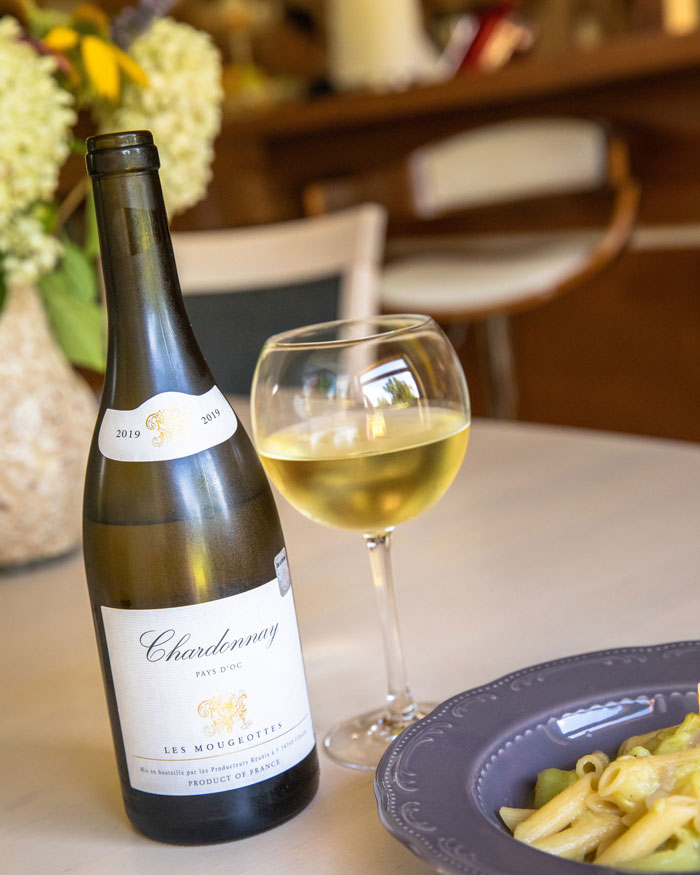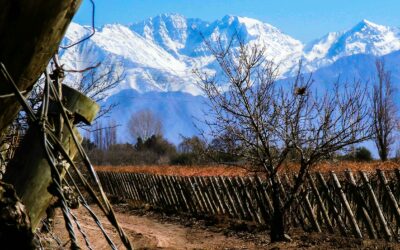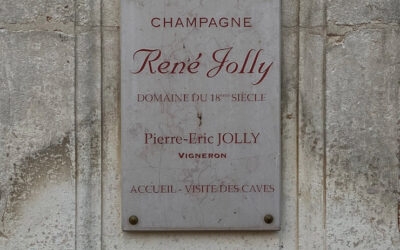It’s Chardonnay but not as you know it!
There are Chardonnay lovers and there are those in the ‘ABC’ – Anything but Chardonnay camp. Which side do you belong to?
If you consider yourself an ‘ABC’-er, I’m willing to wager that you don’t detest all Chardonnays. How can I possibly draw that conclusion?
On the basis that Chardonnay is the second most-planted white wine variety in the world, after Spain’s Airén, logic tells me it can’t be that unpopular…
In fact, it’s possible that you’ve drunk and enjoyed Chardonnay without even realising it.
White Burgundy (perhaps a Chablis or a Mâcon for example), Champagne, English Sparkling Wine…Chardonnay is either the sole or partial component.

“But it doesn’t taste anything like that Californian stuff we picked up the other night in the convenience store. How can that be?”

Chardonnay is easily influenced
Chardonnay has a very neutral flavour profile so it’s easily influenced by external factors to add character as well as complexity and structure. The most influential factors are climate, soil type, fermentation/maturation vessel (especially oak barrels), whether or not to allow the wine to go through malolactic fermentation* and whether or not to stir the lees**.
Any combination of these influences will have a profound impact on the final wine and it’s down to the skill of the winemaker to strike the right balance.
* The conversion of the sharper malic acid in the grapes (as found in apples), to the softer lactic acid (as found in milk)
** Dead yeast cells resulting from the completed fermentation
Like cool climate wine?
In the case of the examples I gave earlier (White Burgundy, Champagne and English fizz), these are all considered cool-climate styles. The Californian wine is not, although don’t immediately assume that you can’t find cool climate Californian Chardonnays because there are plenty.
Why Chardonnay is a winemaker’s flexible friend
Wine producers love working with Chardonnay for a number of reasons. It’s easy to cultivate for a start and will grow pretty much anywhere from England to New Zealand. It’s also a high-yielding variety, something which particularly suits sparkling wine producers. They’re less concerned with maximising flavour concentration before the grapes are harvested. Most sparkling wines’ flavour develops during the second fermentation phase.
For most quality still wine producers, the opposite would actually be true. As balance and flavour before harvesting is paramount, yields are limited through careful pruning and techniques like ‘green harvesting’. This is where excess bunches of grapes are cut away before the ripening phase so that the vine can concentrate all its efforts into fewer bunches. It’s exactly the same principle as for tomatoes.
Chardonnay also makes a great blending partner, because it compliments rather than clashes with other grape varieties. Think Semillon Chardonnay from Oz, Chenin Blanc Chardonnay in South Africa and of course the most coveted blend with Pinot Noir and Pinot Meunier in Champagne and now English fizz too.
Nowadays there’s more elegance and choice of style
Throughout my selling career, I promoted Chardonnays under various guises from all corners of the world. But there was a fairly consistent theme that linked them together. They tended to be in a more restrained or unoaked style as opposed to the overripe, over-processed and heavily-oaked wines that damaged the grape’s reputation in the 80s and 90s.
Pre-Millennium consumer rejection of those flabby, bittersweet, oak-pimped Chardonnays was pretty widespread. In response, a movement emerged among a new generation of winemakers in favour of lean, almost skeletal expressions of Chardonnay.
It seems Australia suffered the deepest psychological scars left by the ABC movement and some factions have been pushing hard towards the other extreme just to prove a point.
As we know, time is a great healer and fortunately common sense is now prevailing. We now see a lot more restrained yet balanced examples being made, naturally following Burgundy as the yardstick, which is to be welcomed in my opinion. Especially as decent Burgundy is moving out of reach for the majority of us due to soaring prices.

The flavour profiles of Chardonnay’s influencers
Running through the external influences I mentioned earlier, this is what you can expect to smell and taste:
Climate
A cooler climate/vintage will emphasise the citrus and green apple elements in the grape variety along with floral notes like jasmine, acacia and citrus blossom. A warmer climate/vintage will lead to more yellow and orange-skinned fruits like peach, nectarine, melon and mango.
Soil
Limestone and chalk will give salinity, sharper linear acidity and flavours of lemon juice, lemon rind and apple. Richer, more fertile soils will add textural weight and softer acidity and will emphasise the more tropical fruit notes.
Oak
New or second-use oak casks will add aromas and flavours of toast, vanilla, coffee, clove and butterscotch. Third-use casks and older will add more oatmeal, hazelnut and smoky notes.
Malolactic Fermentation
Expect butter and creamy milk characteristics.
Lees stirring (Bâtonnage)
This will add a creamy texture and yeasty notes to the wine as well as brioche flavours.
If you’ve never tasted Chardonnay or you think you’re an ABC-er, I hope I’ve managed to convince you enough to try some of the new wave of cool-climate Chardonnays out there.
For more insight on where to find some of the best value cool-climate Chardonnays, read Kick-ass Chardonnays for Under £18. If you can afford the odd splurge, you might be interested in reading my travel notes when I visited Maison Chanzy and Château de Fuissé in Burgundy.




